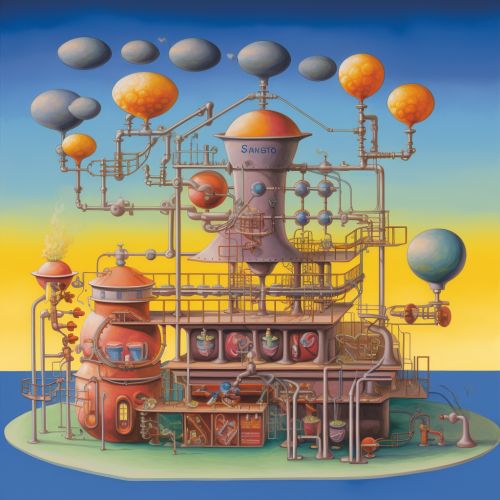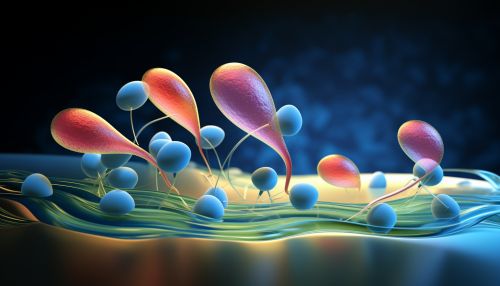The Biochemistry of Enzyme Catalysis
Introduction
Enzyme catalysis is a process in biochemistry where enzymes, a type of protein, accelerate, or catalyze, chemical reactions. The molecules upon which enzymes may act are called substrates, and the enzyme converts these into different molecules, known as products. Almost all metabolic processes in the cell require enzymes in order to occur at significant rates.

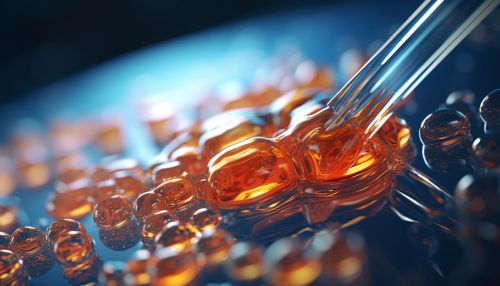
Enzyme Structure and Function
Enzymes are large biological molecules responsible for the thousands of metabolic processes that sustain life. They are highly selective catalysts, greatly accelerating both the rate and specificity of metabolic reactions, from the digestion of food to the synthesis of DNA. Most enzymes are proteins, although some catalytic RNA molecules have been identified.
Enzymes adopt a specific three-dimensional structure, and may employ organic (e.g., the B vitamins) and inorganic (e.g., zinc in the enzyme carboxypeptidase) cofactors to assist in their catalytic activities. They may also require metal ions such as Fe^2+, Mg^2+, Mn^2+, or Zn^2+ and electrostatic interactions to stabilize the charged transition state. The coordinated movement of protein structures through the catalytic cycle, an aspect of protein dynamics, is an important aspect of how enzymes function.
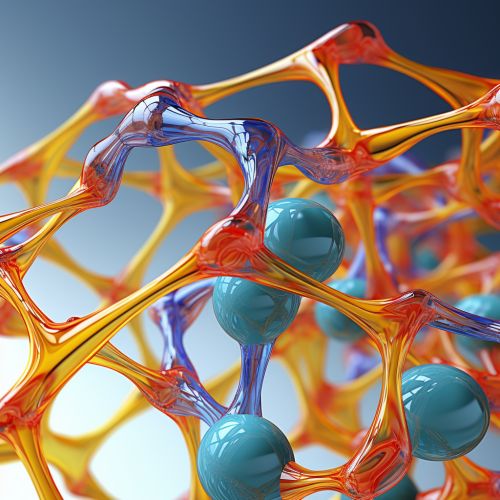
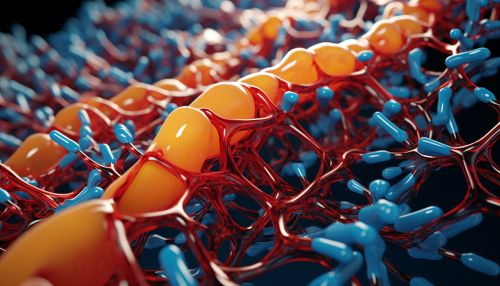
Mechanism of Enzyme Action
Enzymes can act in several ways, all of which lower activation energy (ΔG^‡), such as destabilizing the substrate ground state, providing a template for the substrate to adopt a certain orientation, stabilizing the transition state, or even creating an environment conducive to the reaction. Some enzymes can change shape upon substrate binding in a process called induced fit.
Enzymes can also couple two or more reactions, so that a thermodynamically favorable reaction can be used to "drive" a thermodynamically unfavourable one so that the combined energy of the products is lower than the substrates. For example, the hydrolysis of ATP is often used to drive other chemical reactions.
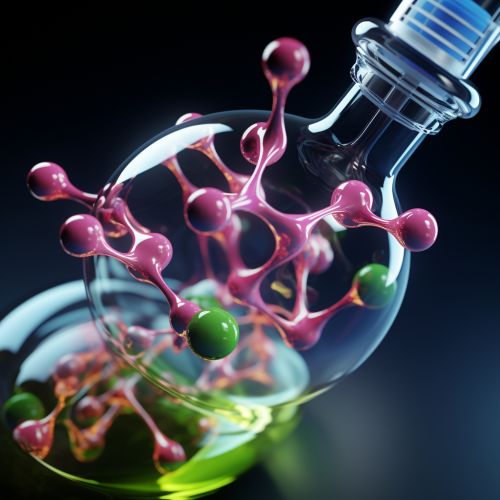
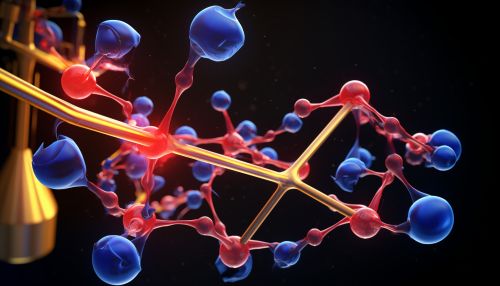
Enzyme Kinetics
Enzyme kinetics is the study of the chemical reactions that are catalyzed by enzymes. The study of enzyme kinetics is important for two basic reasons. Firstly, it helps explain how enzymes work, and secondly, it helps predict how enzymes behave in living organisms.
The basic model of enzyme kinetics is known as Michaelis-Menten kinetics. In this model, an enzyme molecule E and a substrate molecule S bind together to form an enzyme-substrate complex ES, which then reacts to form a product P and free enzyme E. The rate of product formation is given by the Michaelis-Menten equation.

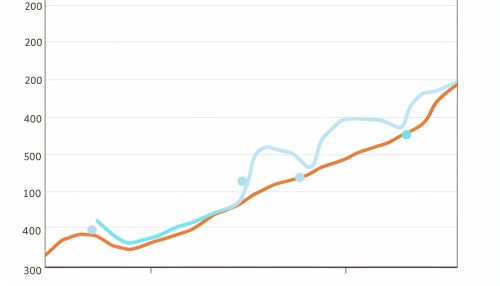
Enzyme Inhibition
Enzyme inhibitors are molecules that bind to enzymes and decrease their activity. They can be classified as reversible or irreversible inhibitors, and competitive, uncompetitive, or noncompetitive inhibitors. Inhibitors can be important in the regulation of metabolic pathways, and are often used as drugs.
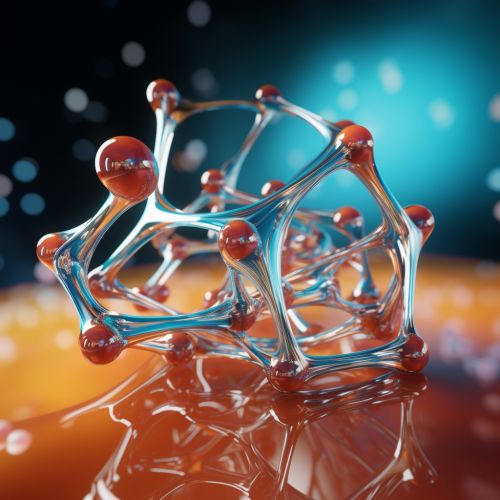
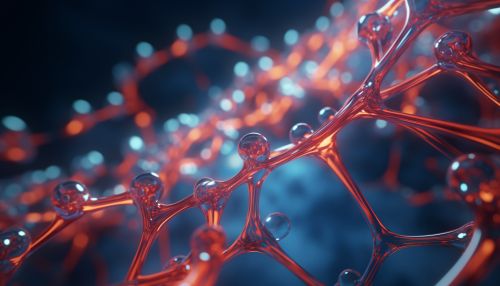
Enzyme Regulation
Enzyme regulation is the increase or decrease in activity of an enzyme or enzyme pathway resulting from the various types of inhibition, or allosteric regulation. This is a form of regulation that will cause the enzyme to behave in a sigmoidal, or S-shaped, fashion. This is often seen in metabolic pathways, and is often necessary for the control of certain pathways in the cell.
